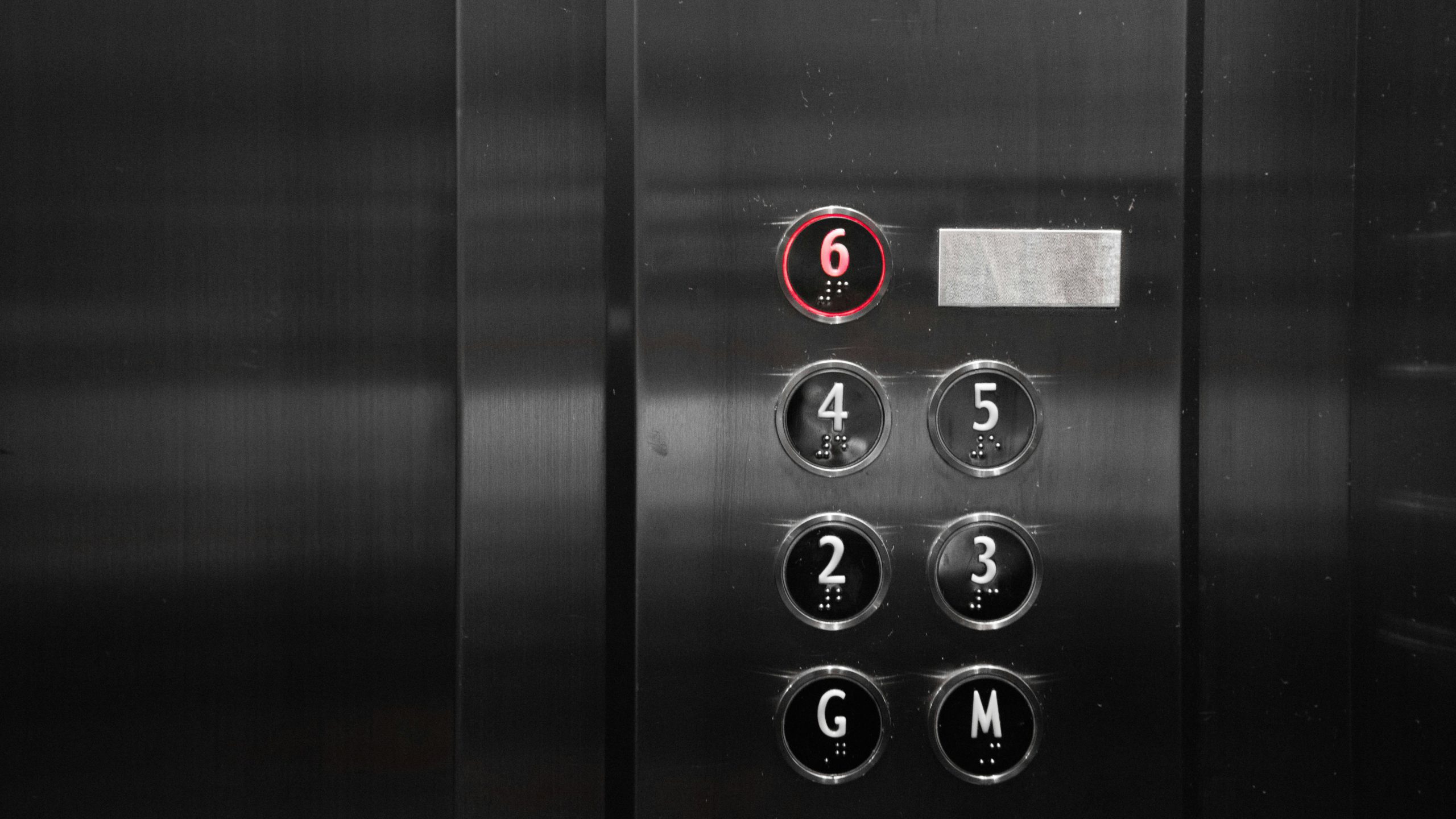From Structure to Style: A Practical Guide to Interior and Exterior Finishes
Introduction
Choosing interior and exterior finishes is no longer just a cosmetic step at the end of a construction project; it’s a long-term investment decision that affects living comfort, the building’s lifespan, and its value in the market. From the type of flooring to the design of façades, passing through ceilings, doors, windows, lighting, and décor—every detail makes a difference in quality, functionality, and final appearance.
If you’re at the beginning of this journey, I also recommend reading this article on Aqar Blog:
Finishing Stages: 12 Steps You Need to Know
It lays out the full timeline from the structural stage to the final finishing touch, and you can then use this current guide as a detailed reference for choosing the best interior and exterior finishes for modern construction.
Flooring
Types of flooring
Flooring is one of the most important elements of interior finishes, because it is the most exposed to contact and daily use. Choosing the right type depends on function, nature of use, style, and budget. Some of the most common types are:
- Ceramic and porcelain tiles
- Resistant to scratches and moisture
- Practical for kitchens, bathrooms, and living rooms
- Available in a wide variety of colors and patterns
- Marble and granite
- Provide a high level of luxury in entrances and halls
- Require periodic care and polishing
- More suitable for formal spaces
- Parquet (natural or engineered wood)
- Adds warmth and visual comfort to bedrooms and living rooms
- Is affected by moisture and needs careful cleaning
- Vinyl and SPC / LVT
- Modern options that mimic wood or stone
- Good water resistance in newer types
- Suitable for those looking for a balance between aesthetics and cost
Tips for choosing flooring
- Think about daily use: homes with children or pets need flooring that can withstand scratching and dirt.
- Watch out for slipperiness: very glossy floors in hallways and bathrooms can be dangerous.
- Color harmony with the rest of the interior and exterior finishes is important; flooring is the general backdrop for all furniture and décor.
- Set a realistic budget, then compare options by lifespan and maintenance costs, not just purchase price.
Walls
Types of wall finishes
Walls are the home’s big visual canvas, and their finishes vary within the scope of interior finishes, including:
- Paint
- The most widely used option
- Unlimited shades and effects (matte, glossy, semi-gloss)
- Wallpaper
- Quickly adds special patterns and texture
- Suitable for feature walls or bedrooms and living rooms
- Wood panels and MDF
- Add warmth and a luxurious feel
- Excellent for TV feature walls or home offices
- Stone and 3D decorative cladding
- Often used on the main wall in the living room or entrance
- Link interior and exterior finishes when the same stone is repeated on the façade
Tips for wall finishes
- Avoid very dark colors in small, low-light rooms.
- Use washable paints in hallways and children’s rooms.
- In modern open-plan homes, try to unify or coordinate colors between the living room, kitchen, and corridors.
- Plan electrical and TV outlets carefully before installing any panels or wallpaper.
Ceilings
Types of ceilings
Ceilings are a fundamental part of the identity of interior finishes:
- Suspended ceilings (gypsum board)
- Allow you to conceal services and create different levels
- Ideal for integrating hidden lighting and spotlights
- Metal or plastic suspended ceilings
- Often used in offices or in kitchens and bathrooms
- Practical for maintenance and access to installations
- Exposed or simple concrete ceilings
- Suit certain industrial-style interiors
- Require careful planning of lighting routes
Ceiling lighting
Ceiling lighting connects design and function:
- Hidden lighting in gypsum cornices creates a soft, relaxing ambiance
- Distributed spotlights help spread light evenly
- Chandeliers and pendant lights add a luxurious touch in living and dining rooms
When designing ceiling lighting, think about using different types of lighting (ambient, task, decorative) and make sure they harmonize with the rest of the interior and exterior finishes.
Interior finishes
Interior doors
Interior doors are an important part of interior finishes because they combine sound insulation, privacy, and the aesthetics of hallways:
- Choose materials that are resistant to heat and moisture for kitchen and bathroom doors.
- Pay attention to the swing direction so doors don’t clash with furniture or circulation paths.
- Neutral colors (white, beige, grey) are easier to coordinate with future changes in furniture.
To explore doors more deeply within the system of interior and exterior finishes, you can read:
Interior windows
Interior windows play a major role in natural lighting and ventilation:
- Choosing the right size helps reduce reliance on artificial lighting during the day.
- Double glazing supports thermal and acoustic insulation and complements the quality of interior and exterior finishes.
- Aluminum or UPVC frames are common choices for modern homes.
Types of interior windows
- Sliding windows, suitable for tight spaces
- Hinged windows that open inward or outward
- High-level windows for bathrooms and corridors, letting in light while maintaining privacy
Interior lighting
Interior lighting is a core part of the living experience, and it complements all elements of interior finishes such as walls, ceilings, and floors:
- Use ambient lighting for the entire space, task lighting for work areas (kitchen, office), and decorative lighting for mood and aesthetic touches.
- Vary color temperatures (warm for bedrooms, neutral for living and work areas) to improve daily comfort.
For those who want a detailed guide, you can refer to:
Types of Lighting: A Comprehensive Guide to Lighting in Interior Design
Interior décor
Décor is the language that ties all interior and exterior finishes together into one harmonious picture:
- Wall-mounted gypsum units, shelves, artwork, and mirrors all contribute to the feel of the space.
- Rugs, curtains, and furniture should work well with the colors of the flooring and walls.
- Don’t overdo it with too many materials and colors; modern simplicity is easier to maintain in the long run.
Exterior finishes
Exterior façades
The façade is the first thing visitors and potential buyers see, so it is a central element of exterior finishes:
- Using natural or manufactured stone gives strength and visual depth.
- Exterior paints must be resistant to weather conditions and sunlight.
- Aluminum and glass can be combined for a contemporary façade, especially in modern villas.
Types of exterior façades
- Full or partial stone façades
- Façades clad with engineered wood or HPL panels
- Glass façades with metal framing
External roofs and surfaces
The external roof (the rooftop) is one of the elements most exposed to sun and rain, and its treatment is an important part of exterior finishes and building protection:
- Good thermal and waterproof insulation must be selected.
- Proper slopes should be provided to drain rainwater.
- Tiles or a protective layer should be installed over the insulation if the roof will be used as a sitting area.
To learn how to choose the right insulation, you can refer to:
How to Choose the Best Roof Insulation? A Comprehensive Guide
Exterior doors and windows
Doors
- It’s preferable to use steel, aluminum, or weather-resistant armored wood doors.
- Paying attention to locks and security is a key part of good exterior finishes.
Windows
- Exterior windows must provide thermal and acoustic insulation, especially on main streets.
- Choosing reflective or double glazing helps reduce air-conditioning consumption.
Gardens and external fences
The garden and fence complete the overall image of the home:
- Landscaping green areas and walkways adds aesthetic and practical value.
- Fences can be made of stone, wrought iron, or aluminum.
- Exterior lighting (ground spotlights, small light posts) ties the garden to the façade within the broader system of interior and exterior finishes.
General tips for finishes
- Have a complete, integrated vision for interior and exterior finishes before you start, instead of making decisions piecemeal.
- Choose reliable contractors and suppliers; don’t use low price as the only criterion.
- Keep a 10–15% buffer in the budget for changes and unforeseen items.
- Review samples in real life or via trusted catalogues; don’t rely on imagination alone.
- Think about future maintenance; materials that are easy to clean and long-lasting are cheaper in the long run.
Conclusion
Choosing interior and exterior finishes is the stage when your project transforms from a bare concrete structure into a real home that reflects your taste and needs. Your decisions on flooring, walls, ceilings, doors and windows, lighting and décor, façades and roofs—all make the difference between an ordinary house and a comfortable, modern home that lasts for many years.
If you’re looking for more inspiration, ideas, and practical details in the world of construction and décor, you’ll find in Aqar Blog a constantly updated library of guides, articles, and images that help you with everything related to planning, finishing, and furnishing.
Visit Aqar Blog and benefit from a wide range of experiences and insights before you make your final decision about finishing your next home.
Frequently Asked Questions
What is meant by interior and exterior finishes?
It refers to everything related to the appearance and operation of the building after the basic construction (structure) stage, such as flooring, walls, ceilings, doors, windows, lighting, façades, and insulation—whether inside or outside the house.
Should I start with interior or exterior finishes first?
It’s best to have a complete overall vision; but practically, exterior finishes (façades, insulation) are usually completed in parallel with the building services, then the focus shifts more to interior finishes step by step so that conflicts or later demolition are avoided.
How can I balance aesthetics and cost in finishes?
Set your priorities: durability and comfort first, then appearance. Choose mid-range materials in large areas (like flooring) and save the more expensive finishes for feature walls or focal points.
Can interior and exterior finishes be easily changed later?
Some elements, such as paint and wallpaper, are easy to change, while flooring, insulation, and façades are more difficult and costly to modify. That’s why it’s important to make the best choices you can in these elements from the beginning.
How important is coordination between interior and exterior colors?
Coordinating the colors of the exterior façade with the interior décor creates a sense of harmony and a clear identity for the home, and reflects a coherent taste instead of a fragmented look.
Do the types of finishes affect the property’s value when selling?
Yes, high-quality, well-coordinated finishes increase the property’s value and make it easier to sell, while poor or unplanned finishes may reduce buyer interest even if the location is excellent.








